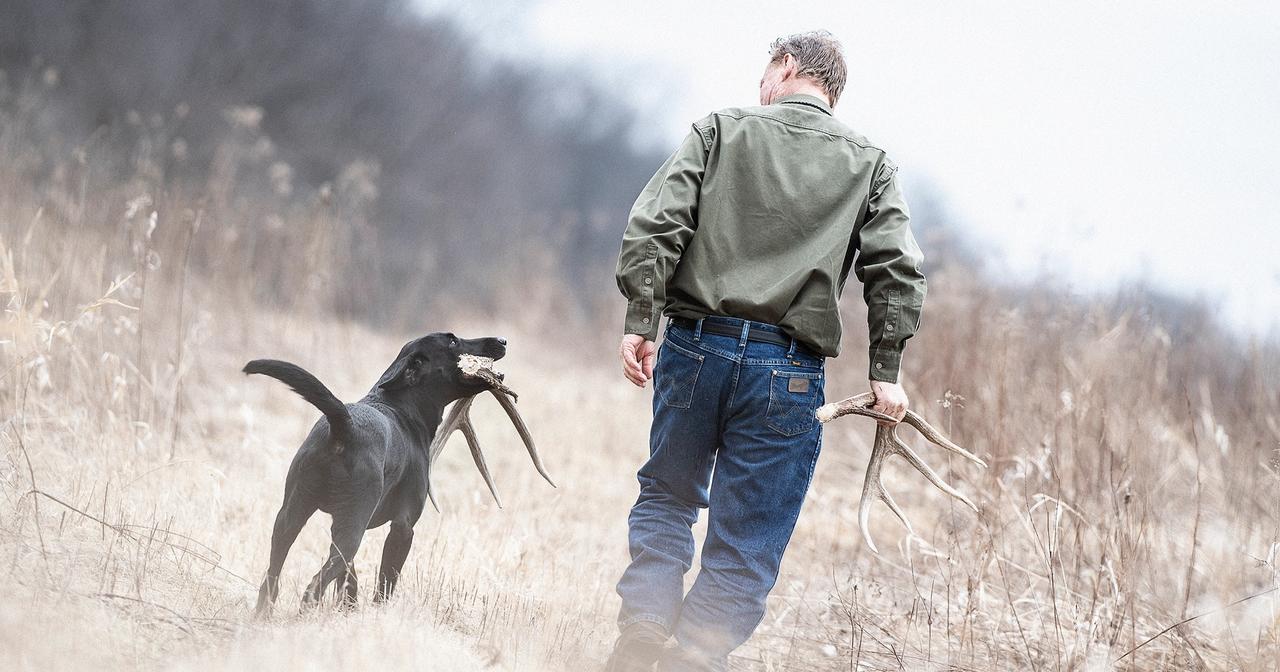
Chasse aux abris : Aidez votre chien à vous aider - Partie 2
Publié par L'équipe SportDOGDans mon dernier article j'ai décrit les avantages de la chasse aux bois perdus pendant l'intersaison et comment initier votre chien à ce sport amusant. Maintenant, permettez-moi de vous donner plus de détails sur la manière d'enseigner à votre chien à chercher efficacement les bois perdus.
A dog has three weapons to use when shed hunting. First and most obvious is his sense of smell. Number two is sight. I think this is something we dog handlers sometimes don’t put enough emphasis on. A dog that’s down closer to ground level than we are and has had lots of experience in finding and retrieving sheds definitely learns to pick out that shape even if he hasn’t had a chance to smell it. And lastly is ground coverage. A dog covers at least three times as much ground as you can in any given amount of time. So, when it comes to shed hunting, the guy with the dog is always going to have the advantage.
Once you’ve gotten past the training stage and it’s time to get into some serious shed hunting, you really want to think about ways to help your dog maximize his three weapons. One basic rule is to work into the wind as much as possible. Unlike a running pheasant or grouse that’s laying down a trail to follow when it moves, an antler is going to stay in one spot, the place where it fell off the buck’s head. Unless an antler is lying in plain sight, it’s really easy for a dog to miss it if he doesn’t have the wind helping him. Therefore, try to plot your search course ahead of time so you’re hunting into the wind and on the downwind side of a crosswind as much as possible.
To improve a dog’s ability to spot antlers, go back to basic training and use oversized cardboard cutouts. Place them around the yard or in very light cover where they’re easy to spot. Then do some more “Find the bone!” drills just like you did when you were first teaching your dog about antlers. Through repetition he’ll develop an eye for that distinctive shape.
The last weapon is a little trickier to develop, especially if you have an upland bird dog that is used to always hunting in gun range. My champion shed hunting dog, Easton, spent his first five years hunting within 20 yards of me. So, how I got him out of that rhythm was to plant the silhouettes at least 40 yards apart in a zigzag pattern and then let him go after them. When a dog knows he has the green light to run out and grab that antler, it doesn’t matter if it’s 100 yards away.
Obviously, this is counter to the training you’ve done for upland birds where you need your dog to hunt close, and the most common question I get is: “How do I keep my dog from thinking it’s ok to hunt so far and wide when it’s time to go back to bird hunting?”
Because shed hunting season doesn’t really begin until most bird seasons have ended, and because you are a good three or four months from the end of shed hunting until the next bird season, this shouldn’t be much of a problem as long as you spend plenty of time training for each separately. You definitely don’t want to confuse or try to trick your dog by, for example, going shed hunting in the morning and then going to a pheasant farm that afternoon. Keep the seasons completely separate is my advice.
Also, as I mentioned in my earlier article, use “Find the bone!” for shed hunting and “Hunt ‘em up!” for birds. Those are the words I use. You can say whatever you want, but the point is to use different commands so your dog isn’t confused.
Regardless of you and your dog’s level of experience or success with shed hunting, the most important thing is to get yourself and your dog out of the house and give it a try. I promise it will make the wait for the next bird hunting season seem a lot shorter!
Veuillez vérifier toutes vos réglementations locales et étatiques avant de commencer l'entraînement.
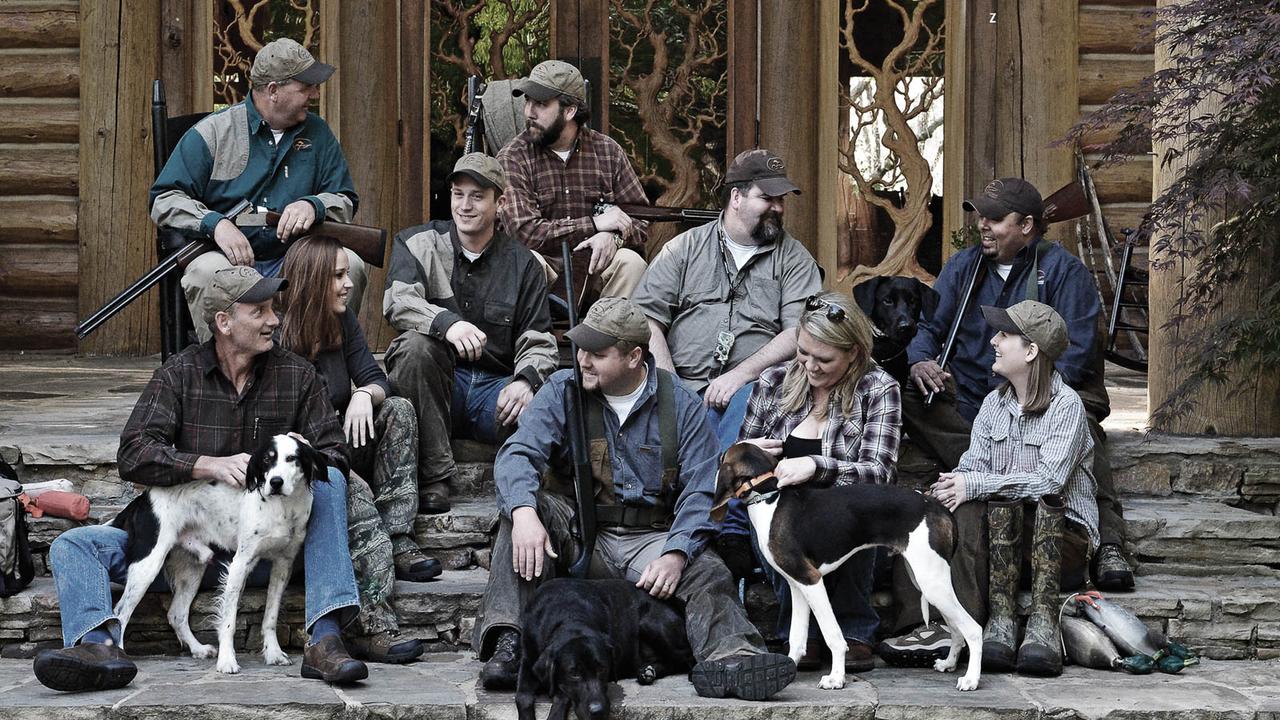
L'équipe SportDOG
Articles associés
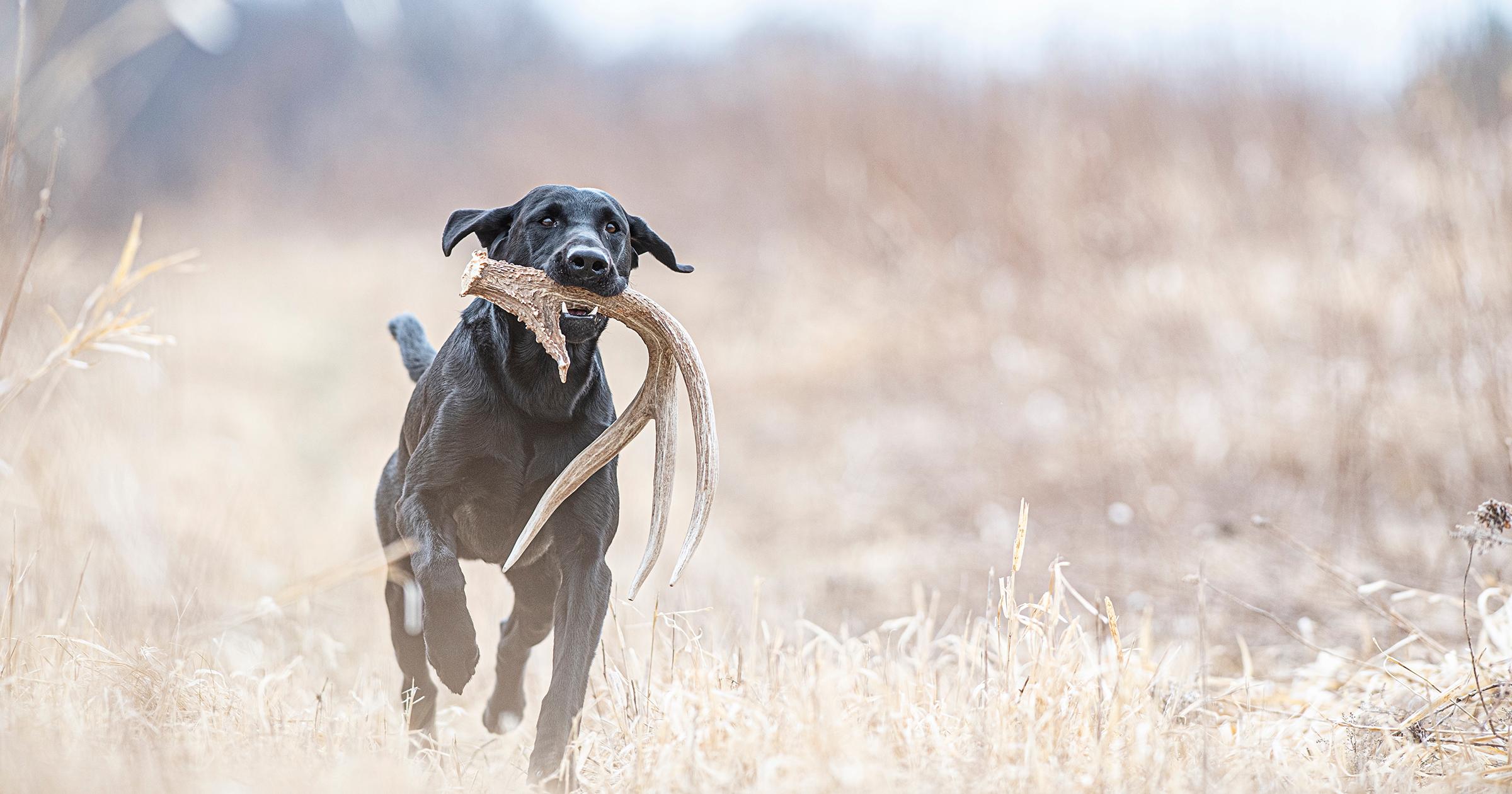
Chasse aux bois : Comment bien commencer avec votre chien - Première partie
par L'équipe SportDOG
C'est dommage que les saisons de chasse aux oiseaux ne durent que quelques mois. On dirait que l'automne arrive et apporte avec lui l'excitation de la chasse au faisan et au canard, mais ensuite, avant même de s'en rendre compte, l'hiver s'installe et tout ce qu'on peut faire c'est rêver et attendre la prochaine saison. Heureusement, il y a une autre...
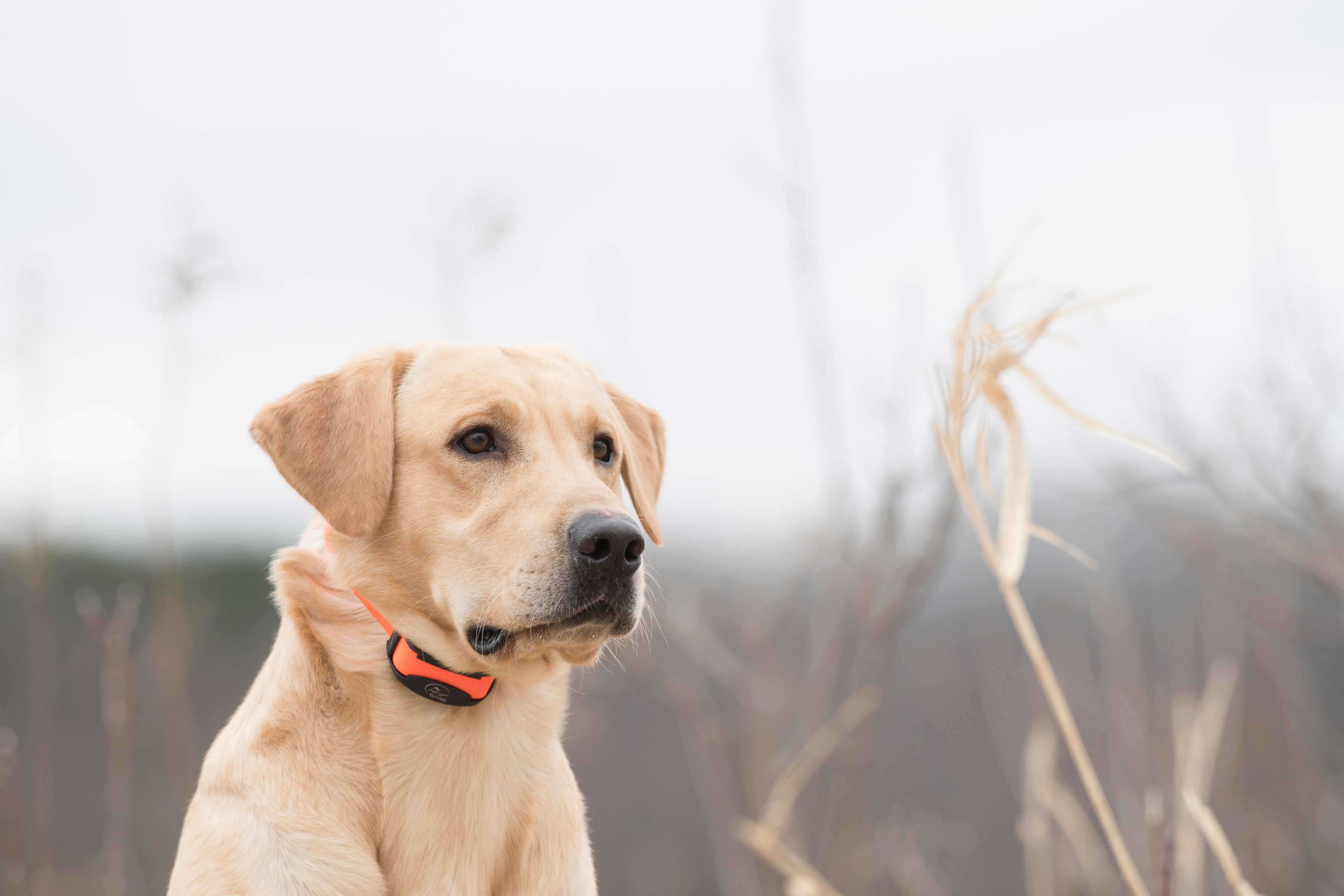
Entraîner votre retriever pour une double fonction
par Charlie Jurney
Si vous possédez un chien de chasse aquatique, il y a de fortes chances qu'à un moment ou un autre, vous lui demandiez de remplir des fonctions terrestres. Cela pourrait être une chasse au faisan en marge de votre chasse au canard dans le Dakota, ou peut-être une après-midi de chasse à la caille après une matinée à chasser l'oie. La plupart des retrievers s'en sortent...
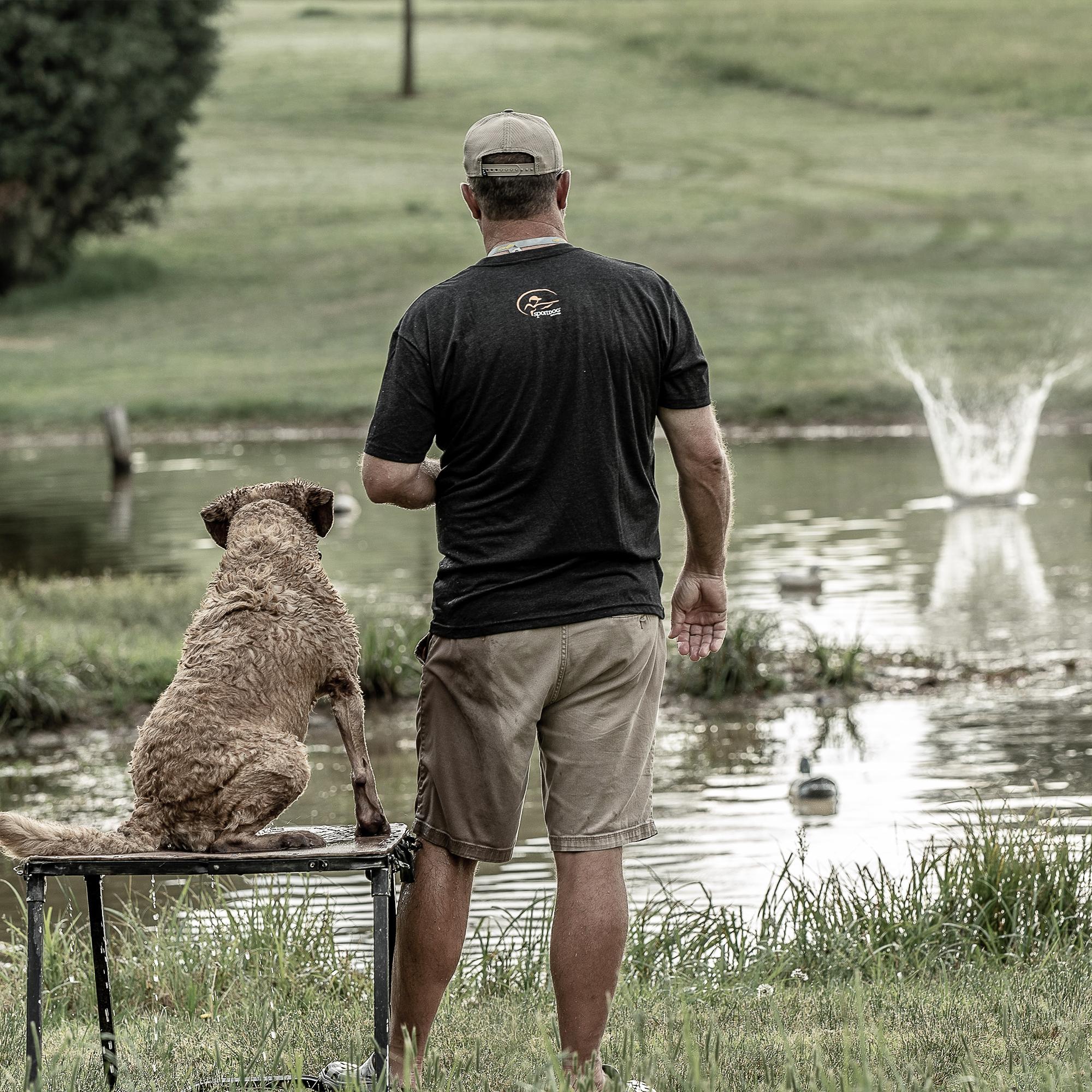
Construire un rapporteur stable
par Tom Dokken
Un retriever qui reste calme dans un affût à canards et se concentre sur la chute des oiseaux est un plaisir à chasser avec. Dans un monde idéal, c'est ainsi que tous les retrievers se comporteraient. Bien qu'un retriever stable soit quelque chose que la plupart des chasseurs souhaitent, la réalité est que très peu de retrievers sont vraiment...
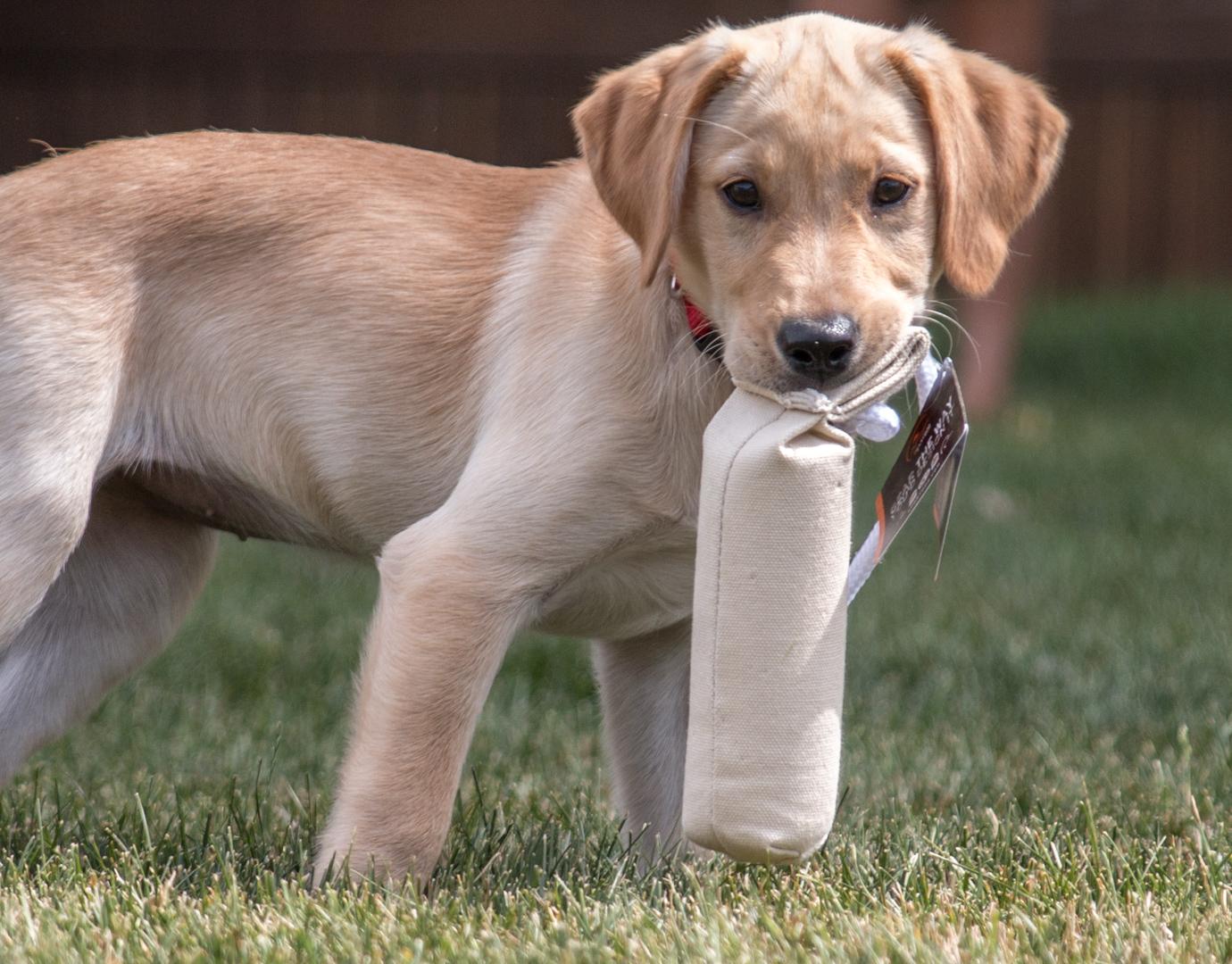
Éduquer votre retriever à l'aide de mannequins
par L'équipe SportDOG
Dresser un retriever peut être l'une des expériences les plus gratifiantes qu'un chasseur puisse avoir. Il n'y a pas de secrets : juste de la patience, de la répétition, de la persévérance, de la constance et la capacité à anticiper la réaction. En bref, le dresseur doit être juste un peu plus intelligent que son élève. Ce n'est pas toujours aussi...
